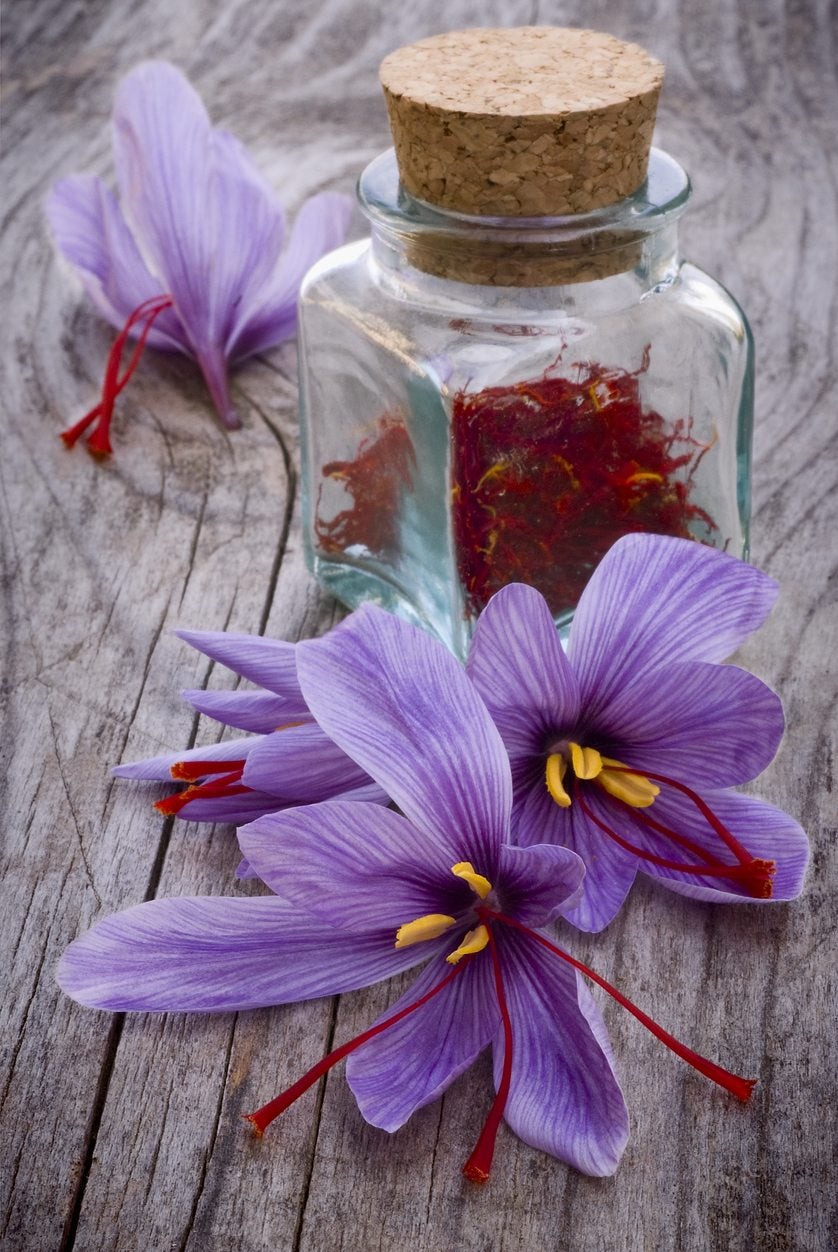Free Express International Delivery & Easy Returns
Free Express International Delivery & Easy Returns
Frequently Asked Questions

Saffron is a spice derived from the flower of Crocus sativus, commonly known as the saffron crocus. It is native to Southwest Asia and has been cultivated for thousands of years in regions such as Iran, Spain, India, and Greece.
Saffron owes its vibrant color and unique flavor to the presence of chemical compounds such as crocin, which gives it its intense orange-red hue, and safranal, which contributes to its aromatic scent and flavor.
Saffron is believed to possess various health benefits, including antioxidant properties, mood enhancement, and potential anti-inflammatory effects. It has also been studied for its potential role in supporting heart health, improving cognitive function, and aiding in weight management.
To preserve the freshness and potency of saffron, store it in an airtight container in a cool, dark place away from moisture, heat, and direct sunlight. Avoid exposing saffron to air for prolonged periods to prevent oxidation and loss of flavor.
Saffron can be used in various culinary applications, including savory dishes, desserts, beverages, and even skincare products. It is typically steeped in warm liquid, such as water, broth, or milk, to release its flavor and color before being added to recipes. A little saffron goes a long way, so start with a small amount and adjust to taste.
While saffron has a unique flavor and aroma that sets it apart from other spices, it can sometimes be substituted with alternatives such as turmeric, paprika, or annatto for color or flavor. However, keep in mind that the substitution may alter the taste and appearance of the dish.
Saffron is generally safe for consumption when used in culinary amounts. However, some individuals may be allergic to saffron or experience side effects such as nausea, dizziness, or allergic reactions. It is advisable to consult with a healthcare professional before using saffron, especially if you have any underlying health conditions or are pregnant or breastfeeding.
High-quality saffron is characterized by its vibrant color, strong aroma, and intact thread structure. Inferior saffron may exhibit pale color, weak scent, or broken threads. Look for saffron that is labeled as “pure” or “premium grade” from reputable sources to ensure authenticity and quality.
Look for saffron products that are certified organic or adhere to recognized quality standards such as ISO 3632, which specifies grading criteria for saffron based on color strength and other parameters. Additionally, seek out saffron from reputable suppliers with a track record of quality and transparency.
Zaflore saffron products are available for purchase on our website [insert website link]. We also offer select products through authorized retailers and distributors. For inquiries or assistance with ordering, please contact our customer service team.
Copyright © 2024 Zaflore.